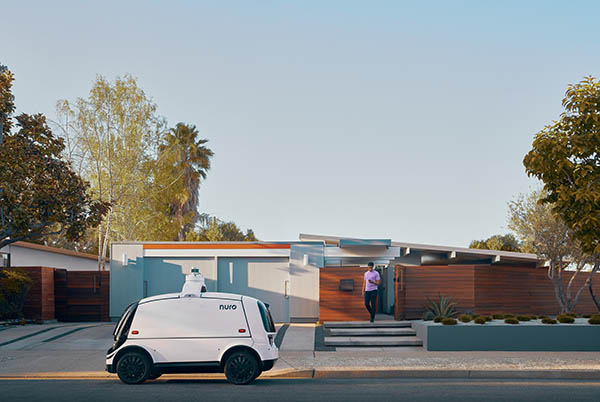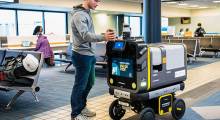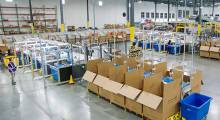The robot delivery space has exploded in the past few years, in part due to the global pandemic and the rise of mobile ordering.
The global market for delivery robots was valued at $300 million in 2021, according to Quince Market Insights. It’s estimated to grow at a compound annual growth rate (CAGR) of 30.3% from now until 2030.
Top brass in U.S.
Many of the top players are based in the U.S., including Starship, Nuro, and Kiwibot.
But there is also plenty of activity overseas. Within one year of launch, Alibaba’s XIaomanlv last-mile delivery robots reportedly completed more than 1 million deliveries. And the company has plans to develop 10,000 robots within the next few years.
Legacy players such as Amazon, FedEx, and Postmates are also investing in autonomous vehicles and mobile robots, bringing their systems into more cities and countries regularly. Among the challenges for both sidewalk and street-based systems is a lack of unified regulations across jurisdictions.
Delivery challenges
Many of these robots have SAE Level 3 or Level 4 autonomy. Several companies' delivery robots are still remote-controlled, however.
Delivery robots are limited by how much they carry and how long they last on a single charge. But they are improving all the time.
At CES 2022, delivery robot company Udelv unveiled the Transporter, a cab-less electric vehicle that can carry almost 2,000 lb. of cargo and make 80 trips per run.
Check out the slideshow on the right (bottom on mobile) of 10 delivery robot makers to watch in 2022.
About the Author
Follow Robotics 24/7 on Linkedin
Article topics
Email Sign Up


























